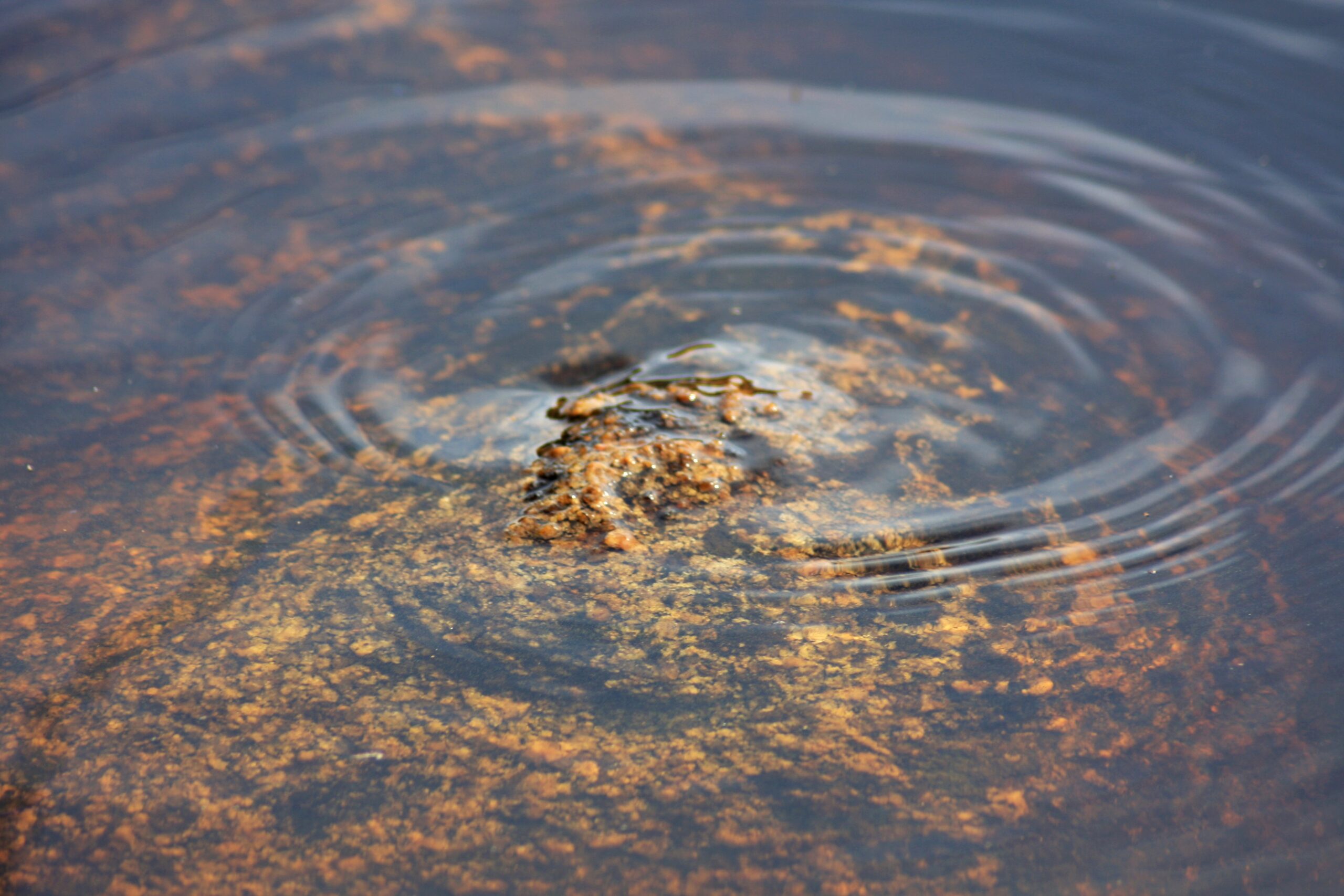If you’re an avid crafter or artist, you’ve probably wondered whether acrylic paint is safe to put in the dishwasher. After all, the convenience of being able to clean your paint-covered brushes and palettes in the dishwasher would be a game-changer. In this article, we’ll explore the question of whether acrylic paint is dishwasher safe, providing you with all the information you need to make an informed decision and keep your artistic tools in tip-top shape. So let’s dig into the world of acrylic paint and dishwashers to find out if they’re a match made in heaven!

What is acrylic paint?
Acrylic paint is a versatile and widely-used medium in the world of art and crafts. It is a water-based paint that dries quickly, leaving behind a durable and vibrant finish. Whether you are an experienced artist or a creative hobbyist, acrylic paint offers endless possibilities for creating beautiful artwork.
Definition
Acrylic paint is a type of paint that consists of pigment suspended in a polymer emulsion. It is known for its ability to adhere well to a variety of surfaces, including canvas, wood, metal, and more. The paint can be diluted with water or used straight from the tube, depending on the desired effect.
Composition
The main components of acrylic paint are pigment, binder, and solvent. The pigments provide color and come in a wide range of shades and hues. The binder is the polymer emulsion that holds the pigments together and allows the paint to adhere to surfaces. The solvent, often water, helps keep the paint in a liquid form and can be used to thin or clean up the paint.
Characteristics
Acrylic paint offers several desirable characteristics that make it popular among artists and crafters. It dries quickly, allowing for layering and multiple applications without long waiting times. It is also water-resistant when dry, making it suitable for outdoor projects. Acrylic paint is typically non-toxic and easy to clean up with water, making it a preferred choice for individuals of all skill levels.
Understanding dishwasher safety
When it comes to using acrylic paint on items that will be put in the dishwasher, it is important to consider certain factors to ensure the longevity and safety of the paint.
Dishwasher safety labels
Before putting any item with acrylic paint into the dishwasher, it is crucial to check for dishwasher safety labels. Some painted items may have specific instructions for cleaning or may not be dishwasher safe at all. These labels can provide valuable information on the paint and its durability when exposed to water and heat.
Factors affecting dishwasher safety
Several factors can impact the safety of acrylic paint in the dishwasher. The temperature and water pressure inside the dishwasher can cause the paint to peel or fade over time. Harsh dishwasher cycles, such as intensive or high-temperature wash settings, can accelerate this process. It is essential to consider these factors when deciding whether or not to put painted items in the dishwasher.
Temperature and pressure impact
The high temperatures and water pressure inside the dishwasher can subject painted items to significant stress. Acrylic paint, although durable, may not withstand extreme conditions indefinitely. The combination of hot water and pressure can cause the paint to crack, chip, or fade, reducing its overall quality and appearance.
Dishwasher safety for various materials
Different materials may react differently when exposed to the dishwasher, and acrylic paint is no exception. Let’s explore the specific considerations for various common materials.
Glass
Glass items painted with acrylic paint can generally withstand the dishwasher, as long as they are properly cured and sealed. It is essential to ensure that the paint is fully dry and has undergone the necessary curing process before subjecting it to the dishwasher’s heat and water. Additionally, applying a layer of clear sealant on top of the paint can provide an extra level of protection.
Ceramics
Ceramic items painted with acrylic paint can be dishwasher safe, depending on the specific type and quality of the paint used. Some acrylic paints are specifically formulated for use on ceramics and can withstand the dishwasher’s conditions. However, it is crucial to follow the manufacturer’s instructions and take appropriate precautions, such as sealing the paint or using a dishwasher-safe clear coat.
Plastic
The dishwasher’s heat and pressure can be particularly challenging for acrylic paint on plastic items. Plastic tends to expand and contract with temperature changes, which can cause the paint to crack or peel over time. Unless the manufacturer explicitly states that the painted plastic item is dishwasher safe, it is generally recommended to avoid putting them in the dishwasher to preserve the integrity of the paint.
Dishwasher safety for acrylic paint
If you have artwork or painted items that you want to clean in the dishwasher, there are a few considerations to keep in mind to ensure the paint’s longevity and the safety of the items.
Applying acrylic paint on different surfaces
When using acrylic paint on surfaces that will be subjected to the dishwasher, it is crucial to properly prepare the surface before painting. Ensure that the surface is clean and free of any dirt, dust, or oils. This will help the paint adhere better and improve its durability when exposed to water and heat. Additionally, using a primer specifically designed for the intended surface can further enhance the paint’s adhesion and longevity.
Initial curing process
Properly curing the acrylic paint is essential to ensure its durability when exposed to the dishwasher’s conditions. This process typically involves allowing the painted item to air dry for a specified period, usually 24 to 48 hours, to allow the paint to fully dry and harden. Following the manufacturer’s instructions for the specific brand of paint you are using is crucial to ensure optimal curing.
Long-term durability
To maximize the long-term durability of acrylic paint in the dishwasher, it is recommended to apply a protective clear coat or sealant. This additional layer creates a barrier between the paint and the dishwasher’s conditions, providing an extra level of protection against heat, water, and pressure. It is important to choose a clear coat or sealant that is compatible with acrylic paint and dishwasher safe for the best results.

Research and studies
Several research studies have been conducted to assess the effectiveness and safety of using acrylic paint in the dishwasher. These studies provide valuable insights into the performance of acrylic paint under different dishwasher conditions and help inform the guidelines for dishwasher safety.
Effectiveness of acrylic paint in dishwasher
Research has shown that properly cured and sealed acrylic paint can withstand the dishwasher’s conditions to a certain extent. The paint’s ability to resist cracking, peeling, or fading depends on various factors, including the paint quality, surface preparation, curing process, and the dishwasher’s temperature and pressure. High-quality acrylic paints and proper surface preparation have been found to contribute to better dishwasher safety outcomes.
Potential risks or issues
While acrylic paint can be dishwasher safe in certain circumstances, there are potential risks and issues that need to be considered. Over time, the dishwasher’s conditions may cause the paint to degrade or deteriorate slightly, impacting its overall appearance and longevity. Additionally, certain dishwasher detergents may contain harsh chemicals that can react with the paint, potentially causing damage or fading.
Guidelines for using acrylic paint in dishwasher
To ensure the safety and longevity of acrylic paint in the dishwasher, it is important to follow specific guidelines and best practices.
Preparation of painted surface
Before placing painted items in the dishwasher, ensure that the paint has been applied to a properly prepared surface. Thoroughly clean the surface and remove any dirt, dust, or oils that can hinder the paint’s adhesion. If necessary, apply a primer or base coat specific to the painted surface to further enhance the paint’s durability.
Sealing and protecting the paint
To provide additional protection for the paint, consider using a clear coat or sealant specifically designed for use with acrylic paint. Apply a thin, even layer over the painted surface, ensuring complete coverage. Allow the clear coat or sealant to dry fully before exposing the item to the dishwasher’s conditions.
Avoiding harsh dishwasher cycles
To minimize the risk of paint damage or deterioration, avoid using the dishwasher’s most intense or high-temperature wash cycles. Opt for a gentle or normal cycle instead, as these settings are generally less aggressive and put less stress on the painted surface.

Safety precautions
While acrylic paints are generally safe to use, it is important to take certain precautions to ensure your safety and well-being when working with them.
Toxicity of acrylic paints
Acrylic paints are typically non-toxic, but some pigments or additives may pose health risks if ingested or inhaled. It is important to read and follow the manufacturer’s instructions regarding toxicity and safety precautions. Avoid direct contact with the skin and eyes, and use proper ventilation when working with acrylic paints to minimize the risk of exposure.
Proper ventilation during painting
When using acrylic paint, it is essential to work in a well-ventilated area. Open windows or use exhaust fans to ensure proper air circulation and reduce the concentration of fumes. This is especially important when working with large quantities of paint or using spray application methods.
Health risks associated with paint exposure
Prolonged or repeated exposure to acrylic paint fumes or skin contact may cause respiratory or dermatological issues for some individuals. If you experience any adverse reactions, such as difficulty breathing, throat irritation, skin rashes, or allergic reactions, discontinue use and seek medical advice if necessary.
Alternatives to dishwasher use
If you have concerns about putting painted items in the dishwasher or want to explore other cleaning methods, there are some alternative options to consider.
Hand washing methods
Hand washing painted items using mild soap and warm water is a safe and effective alternative to using the dishwasher. Gently clean the painted surface using a soft cloth or sponge, being careful not to scrub too vigorously to avoid damaging the paint. Allow the item to air dry completely before storing or using it.
Limiting exposure to water
To prolong the life of acrylic paint on items, consider limiting their exposure to water altogether. Avoid soaking or submerging painted items for long periods, as this can compromise the paint’s integrity. Instead, wipe the surface clean with a damp cloth or sponge as needed.
Use of food-safe sealants
If you wish to use painted items for food-related purposes, consider using food-safe sealants or coatings instead of relying solely on acrylic paint’s dishwasher safety. Food-safe sealants provide an additional layer of protection and assurance when it comes to the safety of the painted surface.

Conclusion
In conclusion, acrylic paint can be dishwasher safe if proper precautions and guidelines are followed. Understanding the factors that affect dishwasher safety for acrylic paint, such as temperature, pressure, and material type, is crucial to make informed decisions when cleaning painted items. While there are risks associated with using acrylic paint in the dishwasher, taking appropriate measures such as proper preparation, sealing, and careful selection of dishwasher cycles can help maintain the paint’s integrity. Additionally, considering alternative cleaning methods and using food-safe sealants can provide peace of mind when it comes to the safety and durability of painted items. By following these recommendations, you can enjoy the vibrant colors and artistic expressions of acrylic paint while ensuring the longevity of your painted creations.



